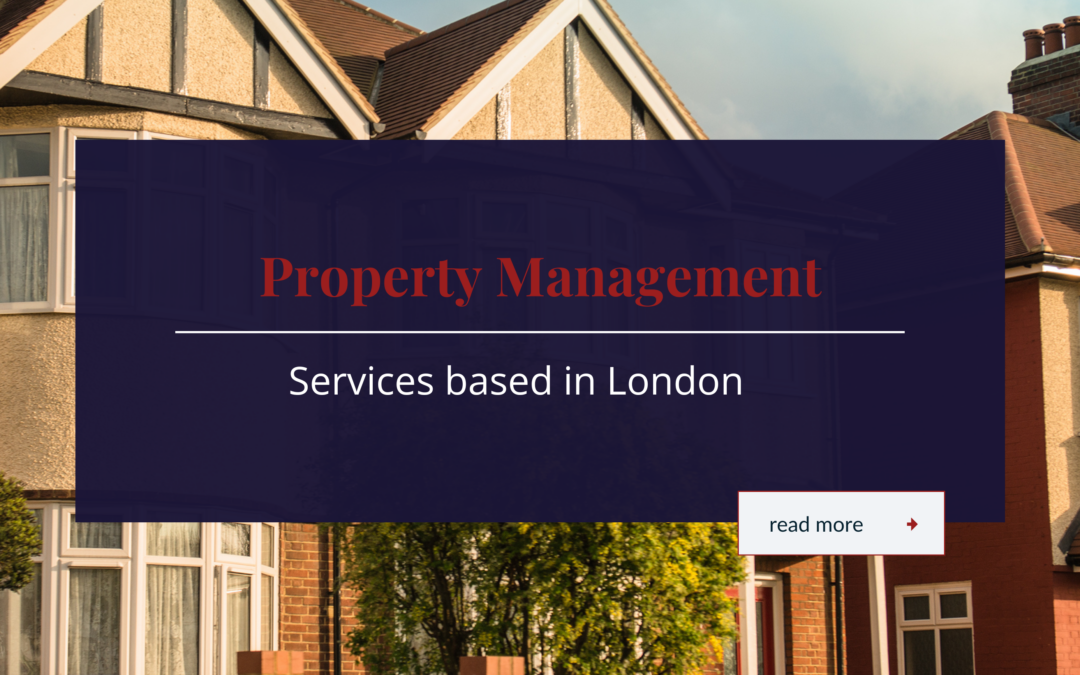As a landlord, you’ll always be keen to avoid void periods as much as possible, as these periods bring in no rental income.
They are every landlord’s worst nightmare as during this time bills must still be paid by the landlord despite the property being vacant.
Luckily for landlords, void periods are said to be falling as the rental sector shows signs of rude health.
As a result, now could be the time to make the most of the current market conditions.
Why is there a significant drop in void periods?
Tenant demand remains strong while the level of supply is significantly lower. Both factors largely contribute to the fall in void periods.
Total Landlord Insurance claims that the average void period across England is 16.8 days per year. Based on the average monthly rent of £940, it costs £31 per day. This brings void periods to a total cost of £518 per year.
The national overall void period for 2022 is 2.6 days less than it was in 2021, reducing the void period costs by 7.4%.
Based on these findings, Total Landlord Insurance argues that the rental market is returning to full strength following the pandemic and eviction bans – despite the current cost-of-living crisis and economic uncertainty to contend with.
London has seen void costs fall by 18.5%. The research shows that void periods are 4.6 days shorter this year than last. This is the biggest cost reduction in comparison to all regions.
How can landlords make the most of the market?
While void periods are on the decline, landlords can further boost their prospects through the way they position themselves in the market and treat existing tenants.
Keeping tenants happy will enable landlords to make the most of the fall in void periods. Simply keeping up with property maintenance work, setting realistic rent increases, and dealing with queries quickly are some ways to keep tenants happy.
Void periods occur for a variety of reasons. But, typically, it’s because of a failure to find a tenant after the previous one leaves.
If the previous tenant leaves early, this could make it more difficult to replace the tenant quickly. However, by acting as soon as the existing tenant gives notice to leave, extended void periods – or any void period at all – can be swerved.
By marketing the property up to eight weeks before the current tenant moves out, landlords can be sure that a sufficient level of demand would be brought to the home.
Although they are unwelcome, void periods cannot always be avoided. Renovation work is also a common cause of void periods. Here, better planning around this could help prevent void periods from lasting too long.
While void periods continue to fall, landlords should still factor in the possibility of them as a part of their budget in case this does arise. It’s always good to have that safety net.
Occupancy rates can be kept to a maximum with the help of an experienced letting agent keeping the landlord and tenants informed and happy throughout their lettings journey.
Here at LeBern Property, we have 10+ years of property management experience. For information and advice on the lettings process, management of your property, finding and retaining tenants do not hesitate to contact us at one of our branches.
Find out how much your property is worth and how much you could charge prospective tenants who rent by using our free and instant online valuation.




